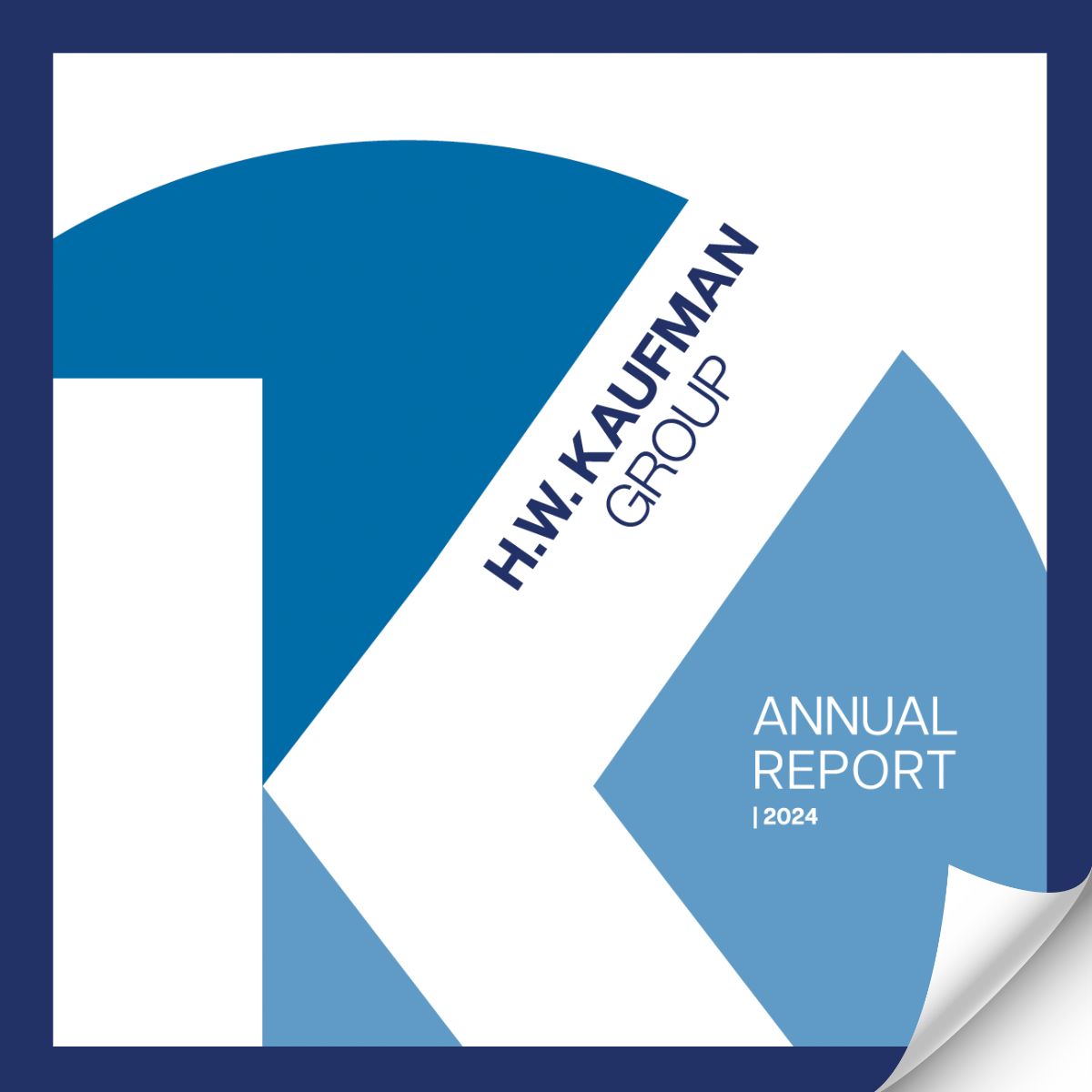In an increasingly litigious society, architects and engineers are among the professionals who face a consistent risk of being sued over alleged errors and other claims. To learn more about the importance of Architects & Engineers Insurance, Crain’s Content Studio spoke with Matt Baxter, Vice President, Broker, Professional Liability, Burns & Wilcox Brokerage.
What are the greatest risks facing architects and engineers today?
M.B.: A very general risk is just the litigious environment that we are in today. Many individuals are always willing and looking for a reason to sue. Sometimes it is for good reason, and sometimes it is not. I think that is architects’ and engineers’ greatest risk — the fact that individuals can be quick to bring a lawsuit.
What should they be aware of relative to this risk?
M.B.: They should have the broadest possible insurance policy in place to protect them. The hope is that you do not have to use your insurance policy, but I do think it is important that all firms have a policy in place to protect them. In addition to insurance, which is just one step, they should also make sure that they are using strong contracts with their clients and that they have legal counsel reviewing those contracts. Overall, having good risk management procedures in place for the firm is very important.
What insurance policy can help them respond to this threat?
M.B.: Architects and engineers should have an Architects & Engineers Professional Liability Insurance policy in place. That policy is there to provide defense and indemnity for any errors and omissions arising out of their professional services. If there is a third-party claim, that policy steps in. First, it will provide defense, and if they are found to be at fault, it can provide an indemnity payout. The key component they need to be looking at in those policies is a broad definition of the insured. You want to make sure that not only the entity is covered, but the individuals working there as well, whether they are employees, partners, or licensed professionals. The most used part of the policy is the defense costs. Typically, in the construction industry, if there is an issue, all parties involved will get brought into a lawsuit. Defense costs are required at that point until it is discovered who is at fault. There could be specific needs for each individual firm, like a project-specific policy or if they need coverage for a joint venture, and those extensions are available. It is important that they disclose to their insurance broker exactly what they are doing and involved in so that is addressed in the policy.
What steps should architects and engineers take or services they should invest in that complement insurance coverage from a prevention standpoint?
M.B.: It goes back to having good risk management procedures in place and strong contracts. Contracts are extremely important for firms to have in place with their clients, and those should be reviewed by an attorney on staff or an outside attorney to make sure the wording is correct as far as showing the scope of work, indemnification agreement, and limitation of liability. Those contracts will ultimately help protect the architectural or engineering firm if there is an issue on a project. A lot of insurance carriers will provide contract review or risk management procedures, so that is a coverage difference between insurance carriers — some offer it, and some do not.
What are the greatest opportunities for brokers to get into Architects & Engineers Insurance?
M.B.: The best advice I would give anybody is to learn it. Really understand it, and become an expert in that field, all the way from understanding the industry and the markets to the different policy forms. I think that is probably the best way to get into it — read a lot of policies and get experience in that industry.
What advice would you give brokers to increase their success rates with these products?
M.B.: The best route for increasing your success is understanding the markets and the coverages being provided in the policy. Focus more on coverage as opposed to focusing on price and the premium. I think if you can understand and explain the coverages and let clients know the differences in the policies, that increases success tremendously.
What services of Architects & Engineers Insurance are specific to Burns & Wilcox?
M.B.: Burns & Wilcox brings product-line experts to the table. We have full market access as far as being able to get to all the different insurance carriers, and what I have found is that the folks here that are working on Architects & Engineers Insurance know the industry, the marketplace and the coverages, so they are able to provide value in the insurance-buying process.
Architects & Engineers Insurance
WHY YOUR CLIENTS MIGHT NEED IT: Provides financial protection against alleged professional negligence and includes coverage for directly related bodily injury and property damage. Construction projects that have structural or other issues often can lead to lawsuits of at least $1 million.
PROTECTS AGAINST: A range of legal-, property- and injury-related exposures, including those resulting from the design professional’s negligence or error. Includes financial restitution for costs related to legal defense, material defects, bodily injury and property damage.
EXPERT OPINION: “The most used part of the policy is the defense costs. Typically, in the construction industry, if there is an issue, all parties involved will get brought into a lawsuit.”





